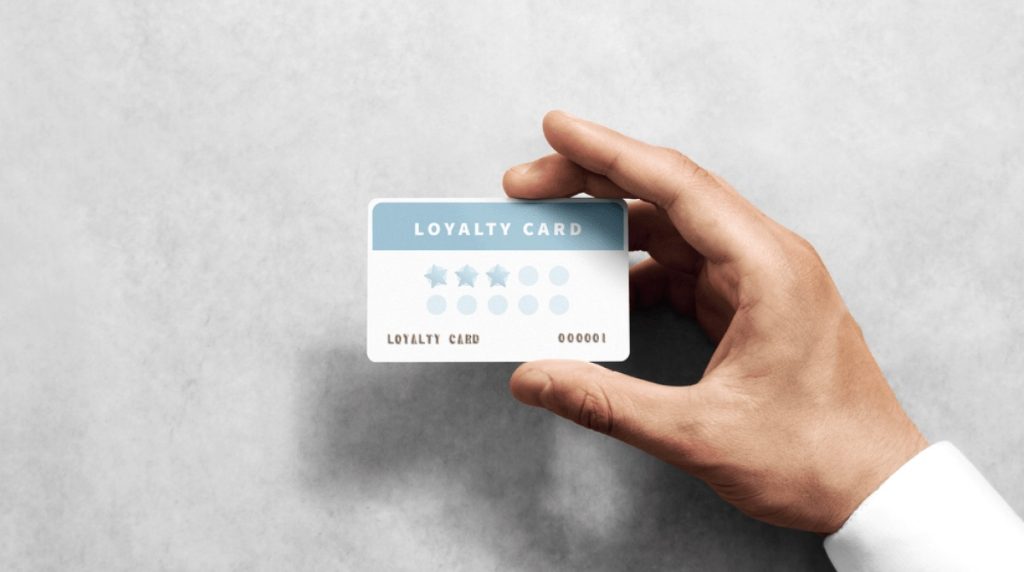Not all customers are created equal. Some may be with you for a short time and only make low-value purchases. But others may be long-term customers who regularly buy your highest-value services. Customer lifetime value (CLV) is a way of measuring just how valuable a customer is to your business. In the current climate, it’s never been more important to have a clear understanding of which customers your business should be paying the closest attention to.
In this article, we’ll explain what CLV is, before sharing six practical tips for increasing the lifespan of your most valuable customers.
What is customer lifetime value?
Customer lifetime value is a measure of the total amount of income a business can expect from a customer throughout their relationship. It can be an important metric in helping you understand who your most valuable customers are. And that allows you to prioritise retaining their business for longer and ultimately increase your own revenue.
How do you calculate your customer lifetime average?
A CLA can be worked out by calculating:
(Average purchase value x average number of purchases) x average customer lifespan
So if a customer makes on average two purchases of £10 with you every month, and you expect them to remain a customer for 12 months, then the formula for their CLV would be:
(£10 x 2) x 12 = £240
But once you’ve worked out who your most valuable customers are, how do you keep them around for longer? Here are a few things to think about…

1. Perfect your onboarding process
Research shows that face-to-face communication with a customer in the first month has a massive impact on spending. As a result, optimising your onboarding process is just good business sense, and there are a few simple steps you can take to improve your customer’s experience:
- Send a welcome email to make sure their first correspondence is a positive one
- Create easy-to-understand tutorials to help customers familiarise themselves with your product and processes
- Use banners to sign-post important features within your product
- Check in with customers regularly to see if they’re experiencing any problems with your product
- Celebrate customer milestones (for example, with a congratulatory pop-up the first time they use a new feature)

2. Set up a loyalty program
Setting up a loyalty program for customers can incentivise them to give you repeat business. For example, airlines offer frequent customers exceptional perks like express check-ins or access to premium airport lounges. The loyalty card that your local coffee shop’s given you? It’s all part of a calculated bet that chasing those stamps will make you more likely to spend with them than a nearby competitor.
Some critics have argued that loyalty programs only retain customers that would have done business with you anyway. However, given the high cost of attracting new customers, if you keep the costs of your perks significantly lower than your customer acquisition costs, then a well-designed loyalty program can still deliver significant commercial benefits.

3. Provide free valuable content
Research from the Ehrenberg-Bass Institute for Marketing Science has shown that customers are more likely to stay loyal to a brand that’s highly salient (which is a jargony way of saying that the brand occupies more mental real estate in the customer’s mind).
The best way of remaining salient in a customer’s mind is to constantly be talking to them. However, if you’re just shouty or too salesy, your customer is going to be thinking about you for all the wrong reasons.
But if you can regularly provide valuable free content to a customer, you’ll stay at the front of their mind for all the right reasons. If your content is genuinely high-quality, this will also signal to customers that your core services are high-quality. Producing thoughtful and expertly created content about your industry can also help position your company as a genuine expert in your field.

4. Upsell and cross-sell (but only at the right time)
Once someone has become a customer, you can generate more revenue from them through upselling and cross-selling.
Upselling is when a business persuades a customer to buy a higher-end (and more expensive) version of a product. Cross-selling is the act of selling customers additional products that complement their existing purchases. Together, these can be a powerful way of increasing revenue.
However, it’s important not to be too aggressive and sell your customer services that they feel they don’t need. Ultimately, upselling and cross-selling only work in the long run if you’re selling something that’s genuinely useful to your customer.
And how do you know what’s useful? There’s no one universal answer, but the best way of knowing when a customer will genuinely find a service or product useful is to know as much about them as possible. Which leads us to…

5. Gather regular customer feedback
Your customer is not only a source of revenue, but they’re also a source of a tremendous amount of information about your business. We can group customer research into two types:
- Qualitative research: this gives us non-numerical data. You might get this from interviews, focus groups or ethnographic research. This data is unrepresentative but can be useful for discovering unexpected insights about customers.
- Quantitative research: this gives us numerical data. You’re most likely to get this from a customer survey. If your sample size is representative, then this data should be representative of your entire customer base. It can be useful for confirming a hypothesis about your customers but is less likely to generate surprising insights on its own.
Using the insights unearthed by your research, you can make changes to improve your product or services. This will increase customer satisfaction and hopefully keep your customers coming back for more.

6. Offer 24/7 omnichannel customer service
The modern consumer uses a variety of channels to get in touch with businesses. Some send a direct message on Twitter, others like to email, while many still prefer picking up a phone and knowing they’re speaking to a human being.
However, all too often, these different channels aren’t properly aligned. A company sends you an email in response to a message on Twitter, but this email ignores all of the information you’ve already shared, which is frustrating and makes the business look disorganised (or worse, that they don’t care).
Instead, make sure your business offers fully integrated omnichannel customer service. This means that instead of working in channel-based silos, your team is able to operate across a variety of different channels. This puts the customer’s experience at the centre of your customer service.

At the same time, integrating your customer service support across so many channels can feel like a bewildering job. Incredibly, the average modern company uses 37 different tools or software platforms to run their day-to-day operations.
That’s why we work with companies to integrate their communications. That means you can keep your calls, website live chats and social media channels in one place. Whatever channels you use, we’ll make sure your bases are covered.
If you want to learn more about how AnswerConnect can help you increase your customer lifetime value, get in touch and book a consultation here.



